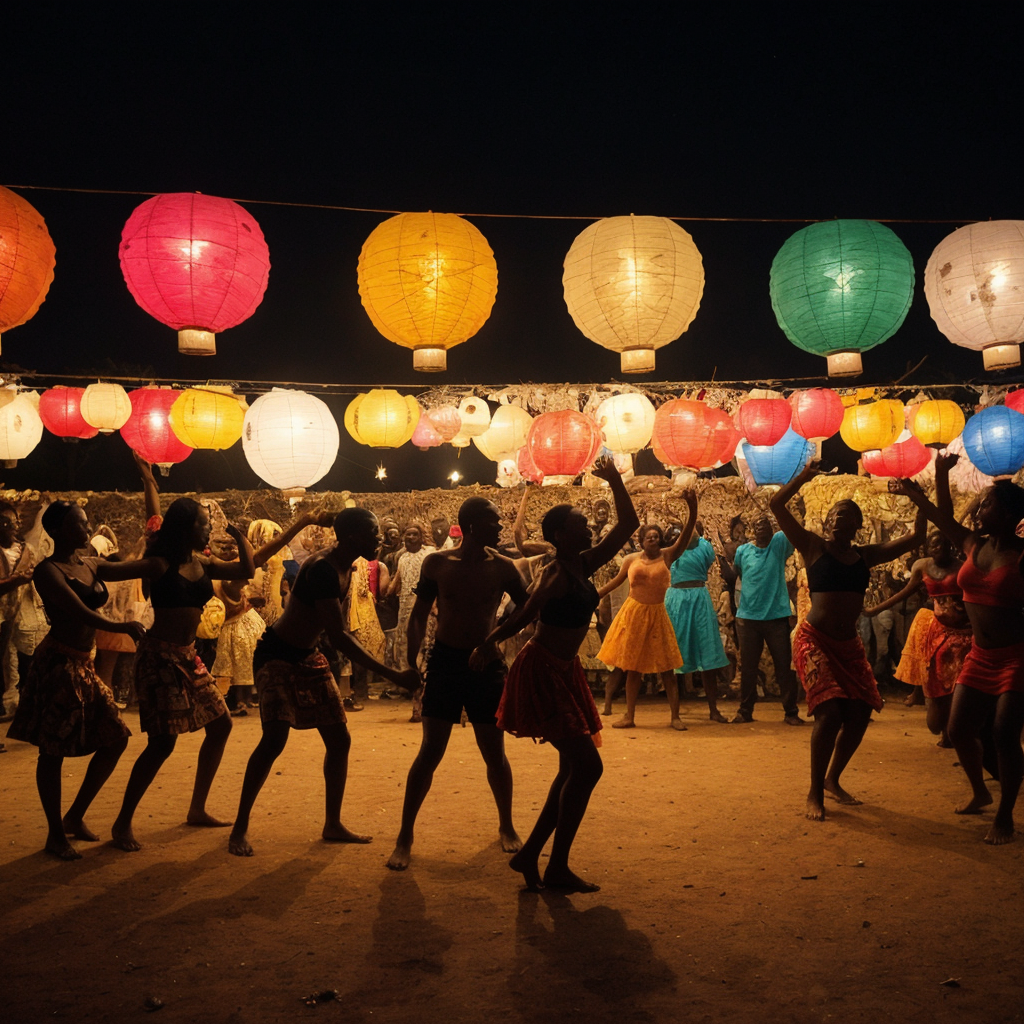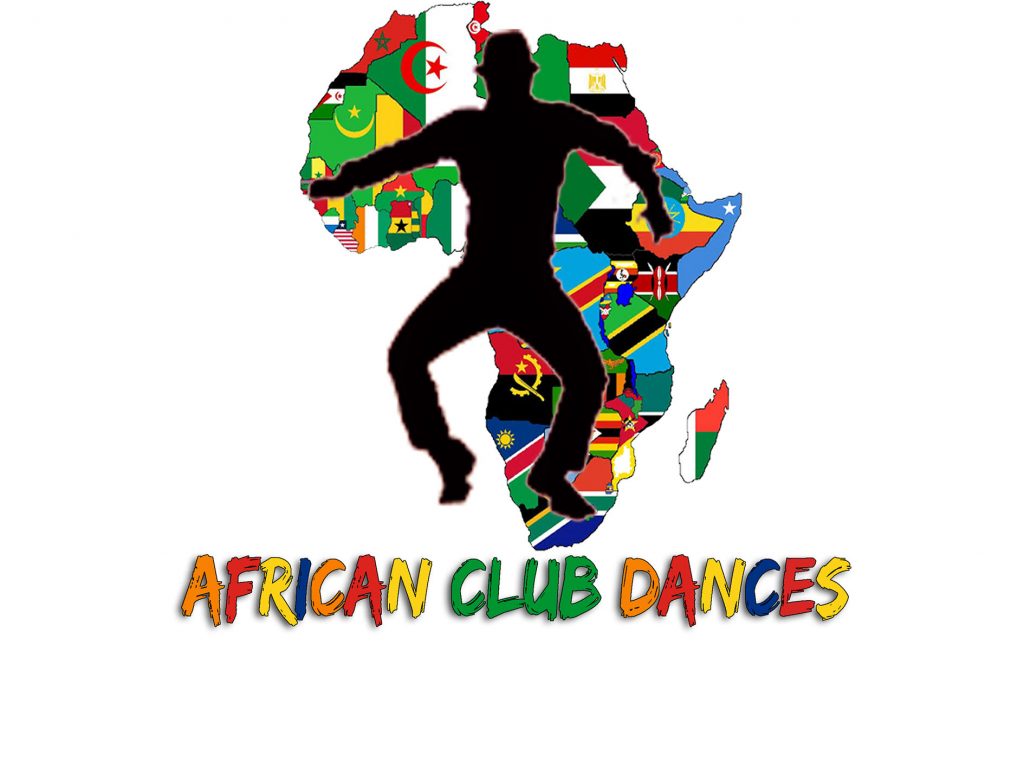Souksous History
Soukous is a lively and rhythmically compelling music genre that originated in the Congo Basin during the early 20th century, particularly flourishing in the Democratic Republic of Congo (DRC) and the Republic of Congo. It evolved from traditional Congolese music forms and was heavily influenced by Cuban Rumba and other Caribbean rhythms, which arrived in Central Africa via vinyl records in the mid-20th century. The term “Soukous” is derived from the French word “secouer,” meaning “to shake,” reflecting the dance’s energetic and vibrant movements designed to make the dancers’ hips shake.
Fun Fact: Soukous is sometimes referred to as “African Rumba” due to its roots in Cuban music and its adaptation into a unique form in Central Africa. This fusion of sounds created a new musical expression that resonated deeply within the local culture, illustrating the powerful cross-cultural exchanges between Africa and Latin America.
By the 1970s and 1980s, Soukous had become immensely popular in Africa and among African diaspora communities, especially in Europe and Paris, which became a hub for Soukous musicians. This period saw the emergence of iconic Soukous artists and bands such as Franco Luambo Makiadi and his TPOK Jazz, Tabu Ley Rochereau, and Zaiko Langa Langa. These artists were pioneers in shaping the sound and style of Soukous, introducing intricate guitar solos, smooth and melodic bass lines, and rapid, upbeat rhythms that became the genre’s trademarks.

Today, Soukous remains a fundamental part of Central African music, continuously influencing contemporary African music genres such as Ndombolo and Coupe-Decale. While its popularity may have ebbed and flowed over the years, the genre has seen a resurgence in interest globally, thanks to the internet and social media platforms that have introduced Soukous to new generations. Moreover, its infectious rhythms and danceable beats continue to inspire artists worldwide, ensuring that Soukous remains a vibrant and evolving expression of Central African cultural heritage.
Trivia: The intricate guitar work in Soukous, often featuring multiple lead guitars weaving together complex melodies and counter-melodies, is a hallmark of the genre. This distinctive sound, known as “Sebene,” invites dancers to the dance floor with its call-and-response patterns, showcasing the skill and creativity of Soukous musicians.
